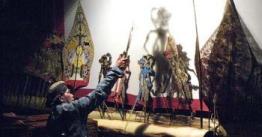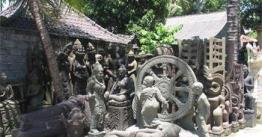You are here
Sangiran Museum

Sangiran Museum is an archaeological site on the Java island of Indonesia. Sangiran Museum is about 48 kilometres square, and it locates 15 kilometres north part of Surakarta town. It is on Solo River valley, administratively Sangiran is in Sragen and Karanganyar districts. Sangiran was determined by the Minister of Education and Culture of Indonesia as a cultural heritage in 1977 and listed as a UNESCO world heritage site.
There was anthropologist Gustav Heinrich Ralph von Koenigswald who began research at the site in 1934. In subsequent years, the excavation found fossils of the first human ancestors, Pithecanthropus Erectus, or Java man. It found 60 of them over other fossils of Meganthropus Palaeojavanicus that have been at the site.
Sangiran Museum is also presenting early human history since about 2 million years and 200.000 years ago. That was when Pleistocene Pliocene. There are 13.086 hominid fossil collections, and it is the upright hominid site, comprehensive in Asia. The visitor can also see the animal's fossils reinforced rear, aquatic fossils, fossils of marine plants, and stone tools equipment.
Near the museum was found a dome, and it was a study centre. It opened itself through the process of erosion to form depression. The depression found soil layers that contained information about life in ancient times.
Copyright © 2025,











